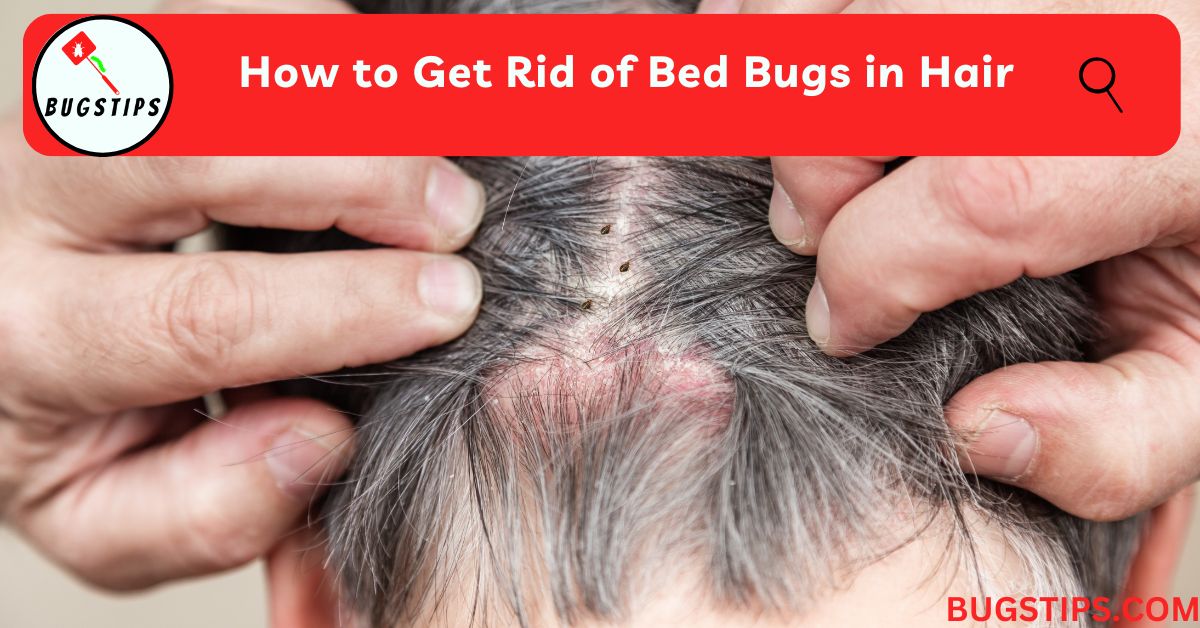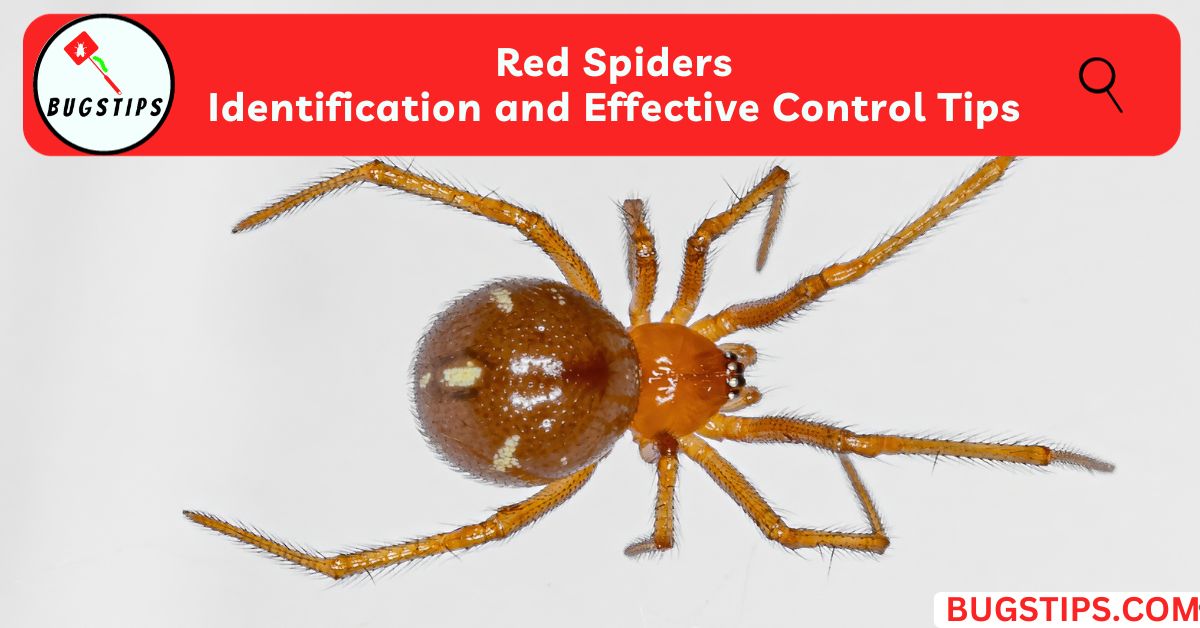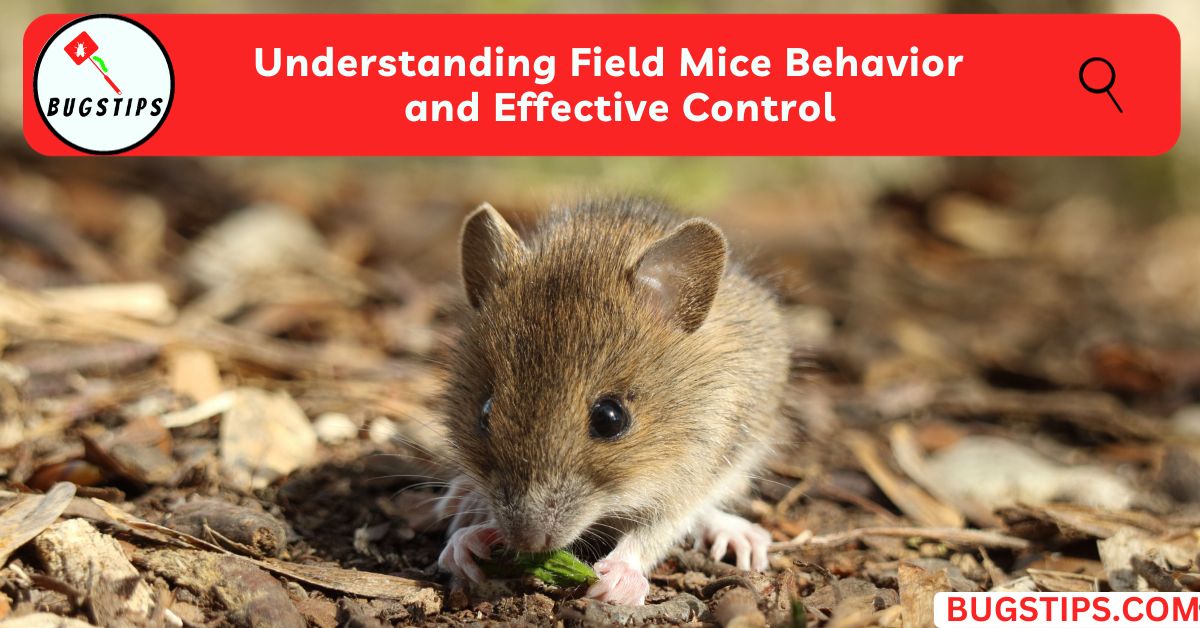This post may contain affiliate links which means as an Amazon Associate, this site may earn a small commission on qualified purchases made through links at no extra cost to you. Learn more on Affiliate Disclosure

When it comes to insects, earwigs are one of the more unique and interesting species. These small, nocturnal creatures have an unusual appearance and behavior, which makes them a subject of curiosity for many people.
One aspect of earwigs that is often overlooked is their excrement, commonly known as earwig poop. Yes, you read that correctly – earwigs poop, just like any other animal.
In this article, we’ll take a closer look at earwig poop, answering some common questions and shedding light on this often-overlooked aspect of earwig behavior.
we will explore everything you need to know about earwig poop, from what it looks like to why earwigs produce.
What is Earwig Poop?
Earwig poop, also known as frass, is the solid waste material produced by earwigs during digestion. It is typically found in small, black, or brown pellets that are approximately 1mm in size.
The shape of the pellets can vary, but they are usually elongated and slightly curved, with a rough texture.
The appearance of earwig poop can vary depending on what the earwig has been eating. If the earwig has been feeding on plants, the frass may contain bits of leaves or other plant material.
Similarly, if the earwig has been feeding on insects, the frass may contain insect parts or exoskeletons.
Note that earwig poop can often be mistaken for other types of insect poop, such as that of cockroaches or crickets. However, one distinguishing feature of earwig frass is its small size and elongated shape.
Why Do Earwigs Produce Poop?
Earwigs, like all living organisms, produce waste as a result of digestion. When earwigs consume food, the food passes through their digestive system, and the waste material is eventually excreted as solid matter in the form of earwig poop.
The primary function of earwig poop is to eliminate waste material from their bodies. This process is essential for maintaining their health and preventing the accumulation of harmful toxins.
Earwig poop is also used by earwigs to mark their territories and communicate with other earwigs. The distinct smell of earwig poop can serve as a signal to other earwigs to stay away or indicate the presence of food.
The production of earwig poop is a natural and necessary process for the earwig’s survival.
Without the ability to eliminate waste material from their bodies, earwigs would be susceptible to a wide range of health problems and potentially life-threatening complications.
Overall, earwig poop serves an important function in the ecology of earwigs and helps to maintain the delicate balance of their ecosystem.
What Do Earwigs Eat to Produce Earwig Poop?
Earwigs are known to be omnivores, meaning they eat both plant and animal matter. Their diet is diverse and includes a variety of foods such as insects, mites, plant material, fruits, and flowers.
Insects and mites are their preferred food, especially during their early stages of development.
Aside from insects and mites, earwigs also eat decaying organic matter, including dead insects, animal carcasses, and plant debris. They may even feed on other earwigs if there is a shortage of food.
Earwigs have specialized mouthparts called mandibles that allow them to chew their food thoroughly.
Related Article – What Do Earwigs Eat?
Earwigs require water to survive and are attracted to moist areas. They may be found in damp soil, under rocks or logs, or near water sources. They also need a source of protein, which they obtain from insects and other animals.
Here is a list of some of the foods earwigs eat:
- Decaying organic matter: Earwigs primarily feed on decaying vegetation such as composting leaves and other decaying plant items found under wet leaves or mulch.
- Insects: Earwigs eat small insects such as mites and fleas as well as insect eggs. They are known to be scavengers with a variable diet that adapts to any environment.
- Pollen and lichens: Earwigs may feed on pollen and lichens found on flowers or trees.
- Fruits and flowers: Earwigs also may eat certain fruits and flowers such as dahlias, zinnias, carnations, butterfly bushes, hollyhocks, and sunflowers, which can suffer damage from these insects.
- Crops: Earwigs can cause damage to crops such as lettuce, strawberries, and peaches. They may also eat corn silk and other flowers and crops.
Earwigs have a diverse diet that includes both plant and animal matter. Their ability to consume a variety of foods makes them an important part of many ecosystems.
How Earwigs Digest Their Food to Produce Earwig Poop
Earwigs have a specialized digestive system that allows them to efficiently break down their food and produce earwig poop, also known as frass.
After they consume their food, it passes through their esophagus and into their crop, which is a sac-like organ that temporarily stores the food.
From the crop, the food travels to the gizzard, which is a muscular organ that grinds and crushes the food with the help of small stones or other hard particles that the earwig has ingested. The gizzard then releases the food into the midgut, where digestive enzymes break it down further.
The nutrients from the broken-down food are then absorbed into the earwig’s body through the midgut walls.
The waste products, including undigested food and other materials, move to the hindgut, where they are compacted into solid fecal pellets. These pellets are then excreted as earwig poop or frass.
It is important to note that earwigs do not produce urine as a separate waste product. Instead, excess water and nitrogenous waste products are excreted together with fecal pellets in the form of frass.
The earwig digestive system is well-suited to their omnivorous diet and allows them to efficiently digest their food and produce earwig poop, which plays an important role in nutrient cycling in many ecosystems.
What Does Earwig Poop Look Like?
Earwig poop, (frass), is typically small, dark-colored pellets that resemble coffee grounds or black pepper. The size and shape of the pellets depend on the size and diet of the earwig, but they are usually less than 1/8 inch in length.
It is important to note that earwig frass can be easily confused with the feces of other insects or animals, so it is best to consult with a pest control professional to accurately identify the source of the grass.
How Often Do Earwigs Poop?
Earwigs defecate regularly, like most animals, to eliminate waste from their bodies. The frequency of earwig poop depends on various factors such as diet, activity level, and overall health.
It is difficult to determine how often earwigs poop, as there is limited research on this topic.
However, it is believed that earwigs may defecate multiple times a day, particularly after feeding.
Do Earwigs Eat Their Poop? The Surprising Answer
Earwigs are omnivorous insects that feed on a wide variety of living and dead organisms, including other insects, fruits, and vegetation.
However, they have also been known to consume feces, including their own and that of other earwigs.
Insect poop, including earwig frass, can be a rich source of nutrition for immature insects. As a result, it is not uncommon for earwigs to donate and eat each other’s feces.
European earwigs have been observed lining their nests with feces in addition to consuming them.
While the idea of earwigs eating poop may seem unappetizing to humans, it is a common behavior in the insect world. Earwigs, like many other insects, have adapted to their environment and have developed unique feeding habits that help them thrive in their ecosystems.
You’ll Also Like – Do Earwigs Make Noise? Discover the Fascinating Truth!
How Can You Identify Earwig Poop?
Identifying earwig poop can help determine the presence of earwigs in an area. Earwig poop, also known as frass, is often found near their hiding places, such as under rocks or in crevices.
Earwig poop is typically small and cylindrical, with a diameter of about 1/16 inch. It may vary in color depending on the earwig’s diet but is commonly brown or black.
One characteristic of earwig poop is its smell, which can be strong and unpleasant. This odor is a result of the earwig’s diet and the breakdown of organic matter in their digestive system.
Earwig poop may also contain bits of undigested material such as insect exoskeletons, plant matter, or pollen. These materials can help to confirm the presence of earwigs in an area and give insight into their diet.
It is important to note that earwig poop may be mistaken for the droppings of other insects or animals, such as cockroaches or rodents. If in doubt, it is best to consult with a pest control professional to properly identify the source of the droppings.
Where Can You Find Earwig Poop
As mentioned in the previous section, Earwig poop can be found in a variety of places, including gardens, flower beds, and areas with decaying organic matter. It may also be found in and around buildings, such as in basements, crawl spaces, and attics.
In outdoor environments, earwig poop may be found near damp soil, under rocks or logs, and near water sources. It is important to note that earwig poop can easily be mistaken for other types of insect feces, so it is best to consult with a pest expert if you are unsure.
How Can You Get Rid of Earwig Poop?
If you’re dealing with an earwig infestation, it’s important to get rid of their feces as well as the insects themselves. Here are some ways to remove earwig poop:
- Clean up
- The first step is to clean up the area where the earwig poop is present. Use a damp cloth or paper towel to wipe away any visible feces.
- Vacuuming can also be effective in removing earwig feces from carpets or other surfaces.
- Use natural repellents
- Several natural remedies can repel earwigs and prevent them from leaving feces behind.
- These include using essential oils like lavender, peppermint, or eucalyptus, or setting up traps with a rolled-up newspaper or cardboard.
- Chemical treatments
- If the infestation is severe, you may need to use chemical treatments to eliminate the earwigs and their feces.
- Insecticides can be sprayed in and around your home, but it’s important to follow the instructions carefully and keep pets and children away from the treated areas.
- Call a professional
- If you’re unable to get rid of the earwig infestation and their feces on your own, it’s best to call a pest control professional.
- They can assess the situation and provide targeted treatment to get rid of the earwigs and their feces safely and effectively.
It is important to note that earwig poop can potentially contain harmful bacteria and should be cleaned up promptly to prevent the spread of disease. Proper cleaning and sanitation techniques should be used to ensure the area is thoroughly disinfected.
It is also recommended to address any underlying pest issues that may be attracting earwigs in the first place to prevent future contamination. Consulting a pest control professional may help identify and address any pest-related problems.
Can Earwig Poop be Useful?
Earwig poop, while not commonly studied or utilized, can be useful in a few ways. it can provide clues about the diet and habitat of earwigs, which can be useful for ecological research.
And believe it or not, earwig poop can be useful in certain situations. One of the most notable uses of earwig poop is as a natural repellent for certain pests, such as aphids and spider mites.
Earwig poop can also be a food source for other insects and small animals, such as birds and rodents, which can help support local food webs. In some cases, earwig poop is more effective than commercial insecticides.
In addition, earwig poop has been used in some cultures for its purported medicinal properties. In traditional Chinese medicine, earwig feces is believed to have cooling and detoxifying properties and is used to treat skin conditions and wounds.
What Are Some Interesting Facts About Earwig Poop?
Earwig poop may not seem like the most exciting topic, but it can be quite interesting. there are a few interesting facts to know:
- Earwig poop, also known as frass, is cylindrical and about 1-2mm in size.
- It often has a dark color due to the insects’ diet.
- The presence of earwig poop can indicate an infestation of these insects in the area.
- Therefore, cleaning up earwig poop regularly is important in preventing the spread of disease and controlling infestations.
- Earwig poop is not harmful to humans unless ingested.
- However, it can contain harmful bacteria that can cause illness, so it’s essential to practice good hygiene when handling it.
- Some species of earwigs, such as the European earwig, use their frass to build nests for their eggs.
- The frass is mixed with saliva and used to form a protective covering over the eggs, providing them with a safe environment for hatching.
- Earwig poop has been used in some cultures for its purported medicinal properties.
- In traditional Chinese medicine, earwig feces is believed to have cooling and detoxifying properties and is used to treat skin conditions and wounds.
- However, there is no scientific evidence to support these claims, and it is not recommended to use earwig poop for medicinal purposes without proper medical guidance.
Final Thoughts
Earwig poop may not be the most commonly discussed subject, but it is certainly an intriguing aspect of earwig biology and the ecosystem. Understanding the role of earwig feces can provide valuable insights into the way these insects interact with their surroundings and the impact they have on plant life.
Being able to identify and properly clean up earwig feces can help prevent the spread of harmful bacteria. We hope that this article has provided you with useful information and answered any questions you may have had about earwig poop.
FAQs
Do all earwigs poop the same way?
Yes, all earwigs excrete their waste through the anus located at the end of their abdomen. The process of digestion and excretion is similar across all earwig species.
Is earwig poop a sign of an infestation?
While the presence of earwig poop may indicate that earwigs have been in the area, it is not necessarily a sign of an infestation. Earwigs are common insects and may simply be passing through, leaving behind small amounts of feces as they go. However, if large amounts of earwig poop are consistently found in an area, it may be worth investigating further for other signs of an infestation.
Are there any commercial uses for earwig frass?
There is currently no known commercial use for earwig frass. some organic gardeners and farmers may use it as a natural fertilizer due to its nutrient-rich composition. However, there is not a significant market or demand for earwig frass in the commercial industry.
Resources : (Further Reading)
National Institutes of Health – Factors influencing microhabitat selection and food preference of tree-dwelling earwigs (Dermaptera) in a temperate floodplain forest
University of Florida – Earwig



